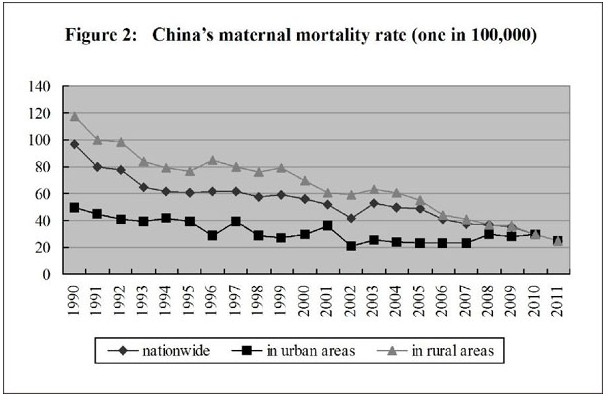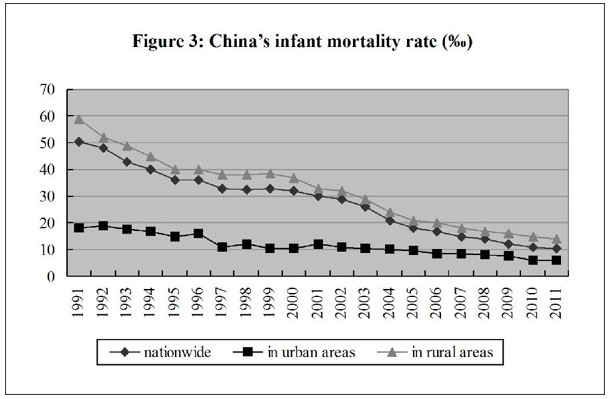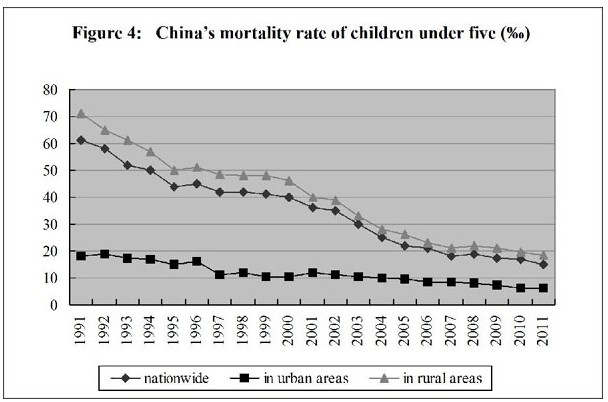Good health is a prerequisite for promoting all-round development of the person. And it is a common pursuit of human societies to improve people's health and ensure their right to medical care. For China, a large developing country, medical and healthcare is of vital importance to its population of over 1.3 billion, and is a major issue concerning its people's well being.
China pays great attention to protecting and improving its people's health. As the Constitution stipulates, “The state develops medical and health services, promotes modern medicine and traditional Chinese medicine…, all for the protection of the people's health.” Based on this constitutional stipulation, China has put in place a complete system of laws and regulations concerning medical and health services.
Over the years, China has worked hard to develop its medical and health services with Chinese characteristics in accordance with the policy of “making rural areas the focus of our work, putting disease prevention first, supporting both traditional Chinese medicine and Western medicine, relying on science, technology and education, and mobilizing the whole of society to join the efforts, improving the people's health and serving socialist modernization.” Thanks to unremitting efforts that have been made, medical and healthcare systems covering both urban and rural residents have taken shape, the capabilities of disease prevention and control have been enhanced, the coverage of medical insurance has expanded, continuous progress has been made in medical science and technology, and the people's health has been remarkably improved.
To put into place basic medical and healthcare systems covering both urban and rural residents, and ensure that every resident has access to safe, effective, convenient and affordable basic medical and health services, China has kept advancing the reform of its medical and healthcare system, and made important achievements in the current stage.
I. Basic Conditions
The people's health has been improved. Judging from important indicators that give expression to national health, the health of the Chinese people is now among the top in developing countries. In 2010, the life expectancy was 74.8 years – 72.4 years for males and 77.4 years for females; the maternal mortality rate went down from 51.3 per 100,000 in 2002 to 26.1 per 100,000 in 2011; the infant mortality rate and the mortality rate of children under the age of five have kept dropping, with the former going down from 29.2 per thousand in 2002 to 12.1 per thousand in 2011, and the latter, from 34.9 per thousand to 15.6 per thousand, attaining ahead of schedule the UN Millennium Development Goal in this regard.

Medical and Health Services in China-Figure 1: China's per-capita life expectancy (years), according to a white paper released by the Information Office of the State Council on Dec. 26, 2012. (Xinhua)

Medical and Health Services in China-Figure 2: China's maternal mortality rate (one in 100,000) from 1990 to 2011, according to a white paper released by the Information Office of the State Council on Dec. 26, 2012. (Xinhua)

Medical and Health Services in China-Figure 3: China's infant mortality rate from 1991 to 2011, according to a white paper released by the Information Office of the State Council on Dec. 26, 2012. (Xinhua)

Post time:2024-08-01




